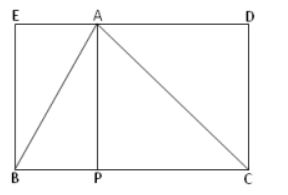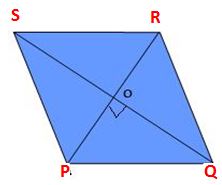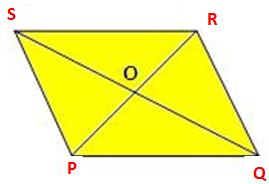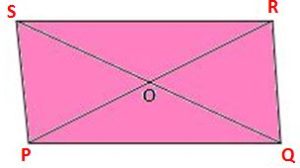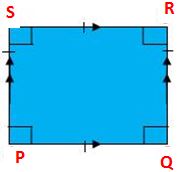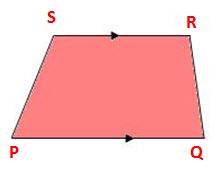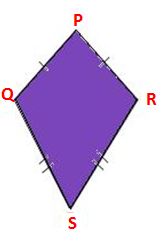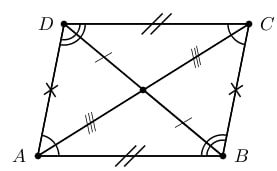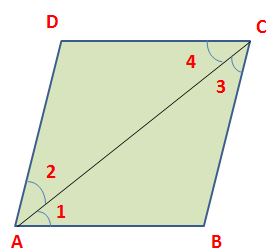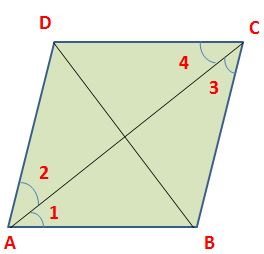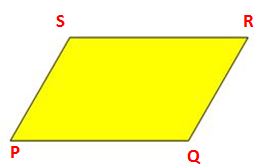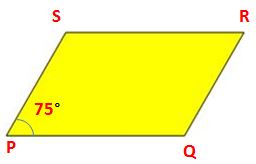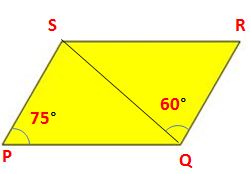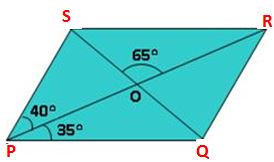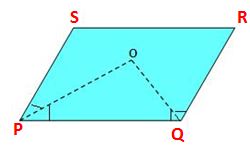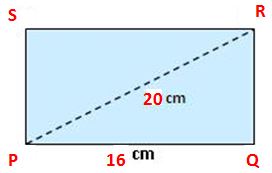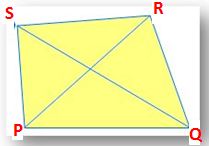Do you find it difficult to understand the Integers Multiplication? Here is the best solution for you all. We are providing Examples on Multiplication of Integers here. Integers Multiplication is an important concept which helps you to score more marks in the exam. Questions on Multiplication of Integers with Answers are available so that you can practice them regularly. Learn How to Multiply Integers by referring to the further modules.
Worked out Multiplication of Integers Problems
Before going to solve the Integers Multiplication problems, know all the definitions, rules, formulae etc. In the upcoming sections, you will find all the details and also problem-solving techniques and tips. To be more precise, you can only solve the problems if you know all the details regarding integers. Know various properties of integers beforehand and how they work while multiplying the integers.
Key Points to Remember on Properties of Integers Multiplication
- The Closure Integer Property of multiplication defines that the product value of two or three integer numbers will be an integer number.
- The commutative Integer Multiplication property defines that swapping two or three integers will not differ the value of the final result.
- The associative Integer Multiplication property defines that the grouping of integer values together will not affect the final result.
- The distributive Integer property of multiplication defines that the distribution concept of 1 operation value on other mathematical integer values within the given braces.
- Multiplication by zero defines the product value of any negative or positive integer number by zero
- Multiplicative Integer defines the final result as 1 when any integer number is multiplied with 1.
Integer Multiplication Rules on Problems
Question 1:
The temperature in an area drops by 4 degrees for 4 hours. How much is the total drop in the temperature?
Solution:
As given in the question, the temperature drops by 4 degrees. Therefore, the temperature is a negative factor.
Also. given that it decreases for 4 hours.
The total drop in temperature is (-4) * (4) = -16
Therefore, the total drop in temperature is 16 degrees C
Thus, the final result is -16 degree C
Question 2:
Jason borrowed $2 a day to buy a launch. She now owes $60. How many days did Jason borrow $2?
Solution:
As given in the question, Jason borrowed to buy a launch = $2
After buying she owes $60
No of days Jason borrowed money = 60/2 = 30
Therefore, the total days = 30 days
Thus, the final result is 30 days.
Question 3: A football team 12 yards on each of the four consecutive plays. What was the team’s total change in position for four plays?
Solution:
As given in the question, A football team lost yards = -12 yards
No of plays = 4
Team total change in position for 4 plays = (-12) * (4) = 48
Therefore, the total change = -48 yards
Thus, the final answer is -48 yards.
Question 4: On a certain day, the temperature changed at a rate of -2 degrees F per hour. If this happened for continuous 5 days. For how many days there was a change in temperature?
Solution:
As per the given question, The temperature changed at the rate = -2 degree F
The change happened for days = 5 days
No of days there was a change = (-2)*5 = -10
Therefore, there was a change for days = 10 days
Thus, the final solution is 10 days.
Question 5: Flora made 6 deposits $ 7 each from her bank account. What was the overall change in her account?
Solution:
As per the given question,
Flora made no of deposits = 6
Amount of deposited money = $7
The overall change in the account = 6 * ($7) = 42
Therefore, the change in money = 42
Thus, the final solution is $42
Questions on Multiplication of Integers
Question 6: A winter coat was priced at $200. Each month for three months, the price was reduced by $15. How much was the coat reduced in price?
Solution:
As per the given question,
The price of the winter coat is reduced by $15, Therefore it is negative = -$15
No of times it is reduced = 3
The absolute values of |3| and |-15| are 3 and 15
The coat reduced in price = 3*15 = 45
Therefore, the total change in price = $45
Thus the final answer = -$45
Question 7:
Netflix charges $9 per month for their streaming plan to watch movies. If they automatically bill a customer for 6 months, How much will be deducted from the customer’s bank account?
Solution:
As per the given question,
Netflix charges $9 per month. Therefore, it is negative.
Given, the bill will be deducted automatically for months = 6
The absolute values of |6| and |9| are 6 and 9.
The amount of money deducted from customers bank account = 6*9 = 54
Therefore, the total amount after determining the signs = -$54
Hence, the final solution is -$54
Question 8: Lisa decided her hair was too long. In June and again in July. she cut 3 inches off. Then, in August, September, and October she cut off 2 inches. Write an equation to represent the change in the length of her hair?
Solution:
As given in the question,
In 2 months, she cut 3 inches off her hair. Cutting her hair made the length shorter, therefore it is negative.
In 3 months, she cut 2 inches off her hair. This is also negative.
For the month of June and July, the length of the hair she cut = 2 * (-3) = -6
For the months August, September, and October, the length of the hair she cut = 3 * (-2) = -6
Therefore, the total length = (-6) + (-6) = -12 inches
Thus. the complete length she cut = 12 inches
Hence, the final solution is -12 inches
Question 9: The depth of the water in a pool decreases an average of two inches each week during the summer. What will be the change in the depth of water of four weeks?
Solution:
As given in the question,
The depth of the water in a pool decreases each week = 2 inches
As the water level decreases, it will be negative.
The decrease in water for weeks = 4
The change in depth of water = (-2)*4 = -8
Therefore, the water level decreases by 8 inches.
Thus, the final solution is -8 inches
Question 10:
For every 1000 feet, you gain in elevation, the temperature drops by 3 degrees. If you increase your elevation by 5000 feet, How would the temperature change?
Solution:
As per the given question,
The temperature drops by 3 degrees. Therefore, it will be negative.
Also given for every 1000 feet it is 3 degrees. Thus for every 5000 feet, it is 5 degrees.
The temperature change = (-3)*5 = -15
Thus, for every 5000 feet, the temperature changes by -15 degrees.
Hence, the final solution is -15 degrees.










